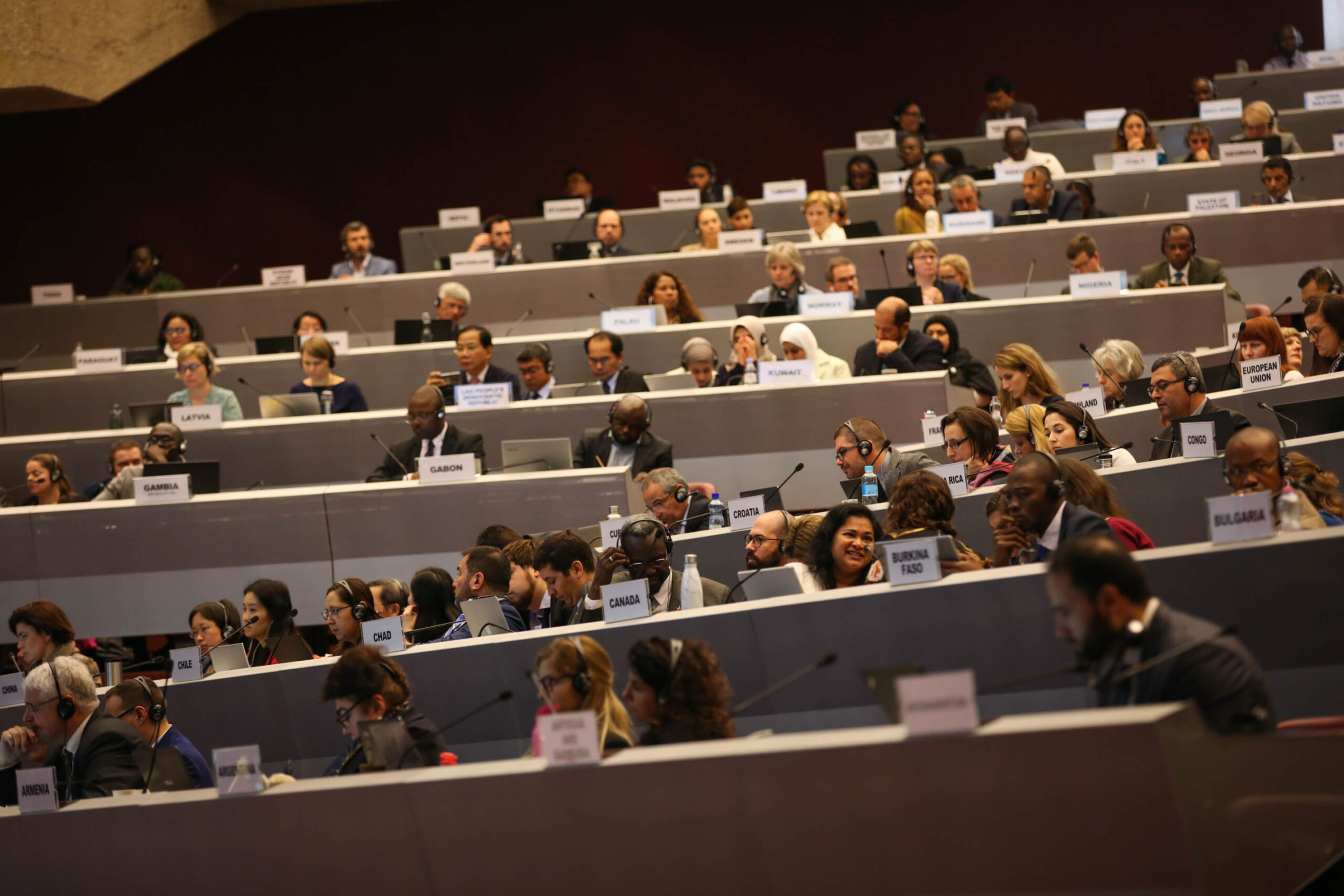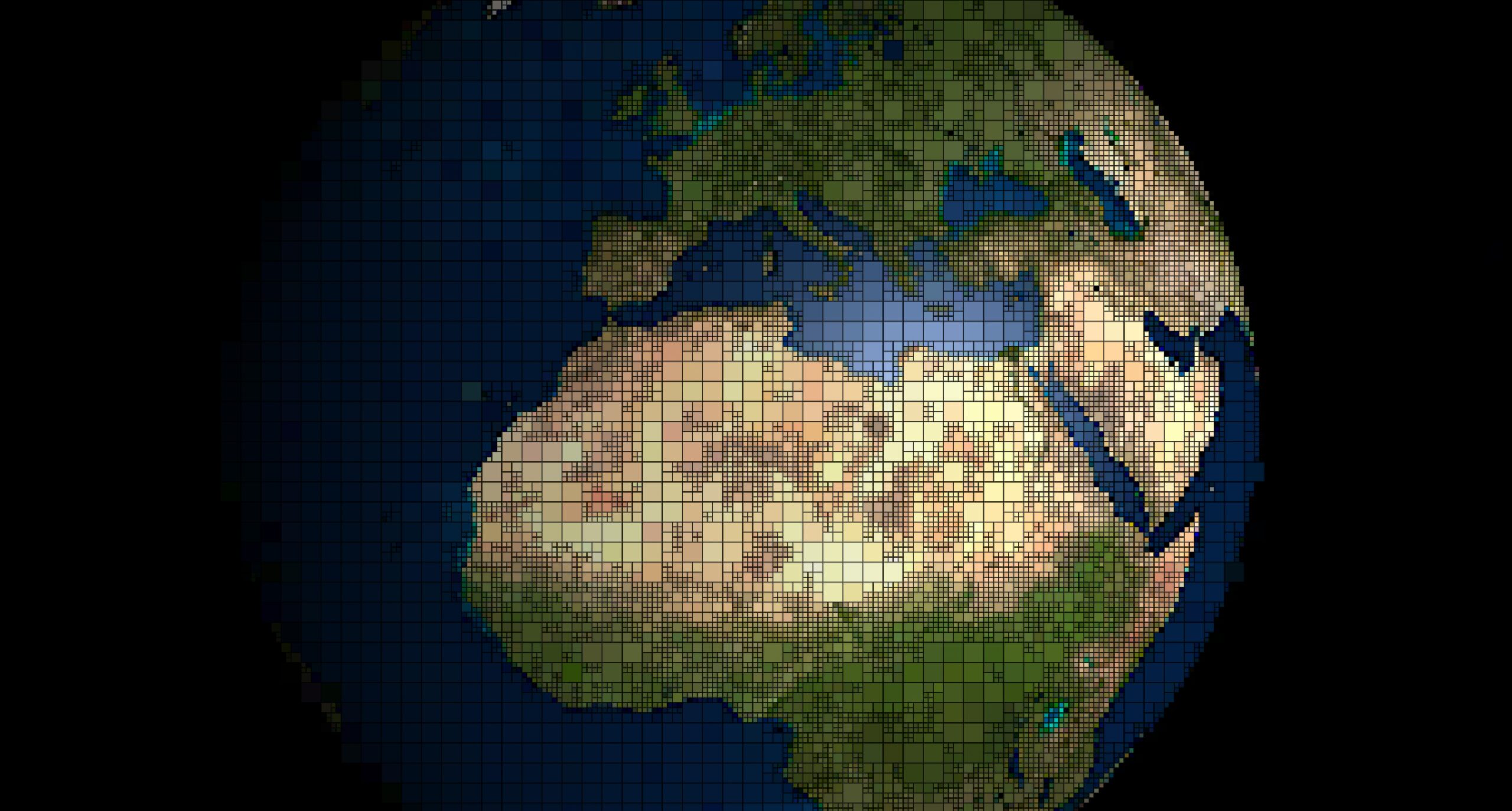Regional and Global Scale Modelling
The evaluation of mercury emission reduction strategies allows to establish the cost / benefit ratios of the various measures and to adopt the most effective ones for future environmental policies.
It is carried out through simulations with models under different scenarios of control and reduction of emissions on a global scale, helping to expand the knowledge about the chemical-physical processes that regulate each phase of the global mercury cycle.

POLICY MAKERS
All this allows policy makers to verify the achievement of emission reduction targets on a global scale, estimating the associated costs.


CONTACTS
Area manager:
Ian M. Hedgecock
Headquarters:
CNR-Istituto sull’Inquinamento Atmosferico (CNR-IIA)
Tel: +39.0984 493213 – 493214
Fax: +39.0984 493215
U.O.S. di Rende, c/o UNICAL
Via Savinio, snc
87036 Rende (CS), Italy
Objectives
The Regional and Global Scale Modelling Operational Unit has among its objectives:
- the development, validation and application of atmospheric models on a global and regional scale for studying the mercury cycle
- to support the Ministry for Environment, Land and Sea Protection (MATTM) and other bodies in charge in the preparation of the National Implementation Plans (NIPs), provided for by the International Convention of Minamata, as well as UNEP in verifying the achievement of the emission reduction targets
- the development of modules for the detailed representation of chemical-physical processes in the mercury cycle, with particular reference to the exchange in air-water, air-soil and air-vegetation interfaces
- the development of regional models to assess the impact of large industrial settlements and areas characterized by the presence of sensitive ecosystems (such as the Arctic and Mediterranean regions)
- the development of global models to evaluate possible changes in the mercury cycle as emission scenarios and climate change.

